It has nothing to envy to other routes, none can be equaled, a trip where the water and the green color of its landscapes floods the eyes of those who dare to cross it through its bike lane, the Donauradweg. The Danube, the second Europe’s longest river with its 2888 km from its source in southern Germany to the Dead Sea where it flows into the sea. A unique experience in one of the most exclusive cycling lanes in the world. A journey that starts at the source of the river and travels along the banks of the Danube discovering beautiful landscapes, villages and cities full of history by bike, touring those great imperial cities such as Germany, Austria or Hungary.
If you are passionate about nature, sport, culture and are looking for a new challenge or experience, cycling along the Danube might be just what you are looking for. A route prepared exclusively to be travelled in this way. One of the most famous and best prepared cycling tours in the world.
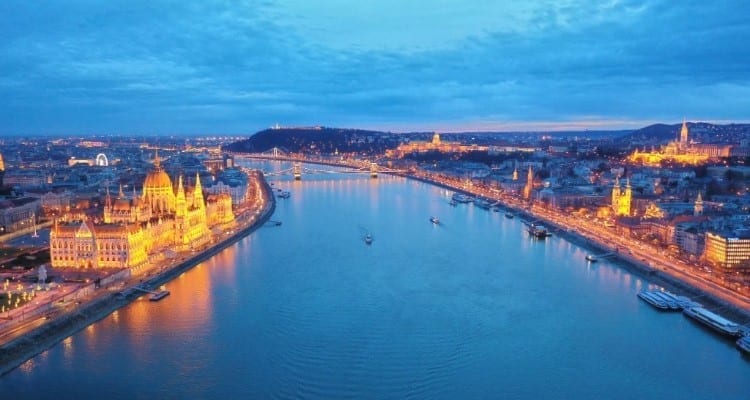
Danube by bike What should I know?
Obviously, before embarking on this great adventure, many questions arise regarding lodging, directions, the route, duration, etc. You don’t have to worry about any of these issues because we will solve them for you.
As we have said before, it is one of the best prepared tours in the world in terms of accommodation, food and bike rental services. It is also characterized by an infrastructure that does not require motor support.
Better alone or accompanied?
There are organized trips to make this route directed by agencies. These are usually in charge of organising the routes to be covered, accommodation, meals and even bike hire and luggage transport. It is a more comfortable option and a better choice if you have never done a similar route or if you are on a family route. At the same time this tour can be done on your own, tracing your own route and your own rhythm, being able to enjoy as long as you want the landscape that the banks of the Danube gives us.
Danube Bike Routes
The Danube Route runs through 8 countries: Germany, Austria, Slovakia, Hungary, Croatia, Serbia, Bulgaria and Romania. There are different types of routes depending on the type of tourism you want to do, be it family, scenic or even sporting. The advantage of this route is that it runs almost all the time on flat terrain and trails and paths are well marked. Although this river has more than 2800 km, the vast majority of tourists usually make the most classic route that runs from Donaueschingen to Vienna counting about 1000km. We always count the deviations that must be made in order to soak up and enjoy all the charm of its people and places that each country offers us.
There are four types of sections:
Section I. Germany: 595 km. Donaueschingen – Passau.
Section II. Austria: 340 km. Passau – Vienna. (More known)
Section III. Slovakia and Hungary. 370 km. Vienna – Budapest. It has sections of bike lanes, roads and dirt tracks.
Section IV. All the way to Romania. 1,470 km. Budapest – Black Sea. Perhaps the most complicated stretch since we have to follow the road, sharing the route with vehicles and sometimes having to turn off the river to continue.
Frequently Asked Questions
When it comes to planning the trip, if we choose to do it individually, we will have all kinds of questions. Among them we can highlight some such as:
Where can I stay?
We have already said that this is one of the best prepared routes, so you don’t have to worry about it, since on the banks of the Danube we can find all kinds of accommodation whether hotels, hostels and hostels as well as opt for accommodation in any of the rural villages along the way can be found. In addition in each of the places that you will find you will be able to enjoy the extensive gastronomy that offers us. Please note that camping is strictly forbidden.
When is it best to do this route?
Obviously due to the weather this route is advisable to make it in summer but we must also think that if we are in high season will be more difficult to find accommodation and other services offered available to make this trip.
Is it an affordable and advisable route to do with children?
This is one of the main attractions of this route, as the route is quite flat and its signage and safety is high, it is a different family experience without any danger. It is advisable to do the more classic stage which we have talked about before.
How difficult is it?
This depends on the section we do, but in general, in spite of a couple of sections which have slight slopes or false flats, it does not require a great physical effort. We must also take into account the sections that we set ourselves.
Clearly you will have doubts about how to organize your trip in the case of doing it individually, but there are also agencies which can take care of the organization, booking accommodation and luggage transport so that you can enjoy this great experience unencumbered.
If you decide to pedal
As well as The Camino de Santiago, this experience will make us discover the history of several countries and cities through the artery that unites them , the Danube. A journey, a path that will make us look back in time. A moment to share with friends, family or even as a couple. A journey through nature, through history, through different cultures or even a personal reunion.
Cycling along the Danube we will discover breathtaking places. Its waters drag us through different European cities, and if the shores of this great managed to make us fall in love with its landscapes, culture and people, the places it passes through, if we dare to enter, will make us not want to leave.
Danube by Bike: Europe from West to East
In the center of Europe, we find the second largest river in Europe, the Danube. From west to east, its flow runs through parts of ten countries such as Germany, Austria, Slovakia, Hungary, Croatia, Serbia, Romania, Bulgaria, Moldova and Ukraine. Fortunately, this river crosses important cities such as Budapest or Vienna. It is navigable, so we can enjoy a tour in which we can enjoy its gastronomy, history and its incredible nature.
Austria, great imperial cities
Birthplace of the great pianist and composer Wolfgang Amadeus Mozart . An emblematic place, the center of Europe full of medieval history and full of beautiful alpine landscapes. Certain itineraries and routes allow us to cross through the course of the river Danube such significant cities as Linz, Vienna or Salzburg, being this last one of the most outstanding cities of this tour for being the city where Mozart was born as well as for having Hohensalzburg Fortress, declared Cultural Heritage of Humanity by Unesco .
Let’s not leave behind the city of Linz, a must-see city, located on the banks of the Danube River. Famous city known largely for its musical culture due to international festivals such as Ars Electronica or for hosting the oldest church in Austria.
The route
During the tour we should not forget towns and villages such as Melk, the Wachau Valley or Dürnstein . They will leave us even more enchanted with this itinerary along the waters of the Danube.
This trip could not be complete without visiting the capital of Austria, Vienna. Birthplace of great composers such as Strauss and Beethoven and where we can enjoy the melodies of the famous Vienna Philharmonic Orchestra. But if you are interested in culture and art when you visit this city, you will have more than 100 museums to choose from, such as the Museum of Fine Arts or the Liechtenstein Museum .
Spending a whole day in this city is the ideal way to get to know the heterogeneity of cultures it houses, but it’s not all about music and art. If you wish, after soaking up all the knowledge that Vienna has to offer, you can relax by strolling through its green areas or go to a café and enjoy a real Viennese coffee accompanied by one of the typical Viennese sweets. Vienna will make you fall in love with it.
Bratislava, Budapest and Prague
Although far from the banks of the Danube, we can not forget Prague, where we will find endless corners that will leave us with our mouths open. For example, the former site of the town hall which has a 15th century astronomical clock on its façade. Although Prague is not the oldest city in Czechoslovakia, it has a very rich and extensive history and a wide range of museums and cultural offerings. For the most curious, in this city we must visit one of the most famous streets, the well-known Alley of Gold , residence of such illustrious characters as Franz Kafka.
Bratislava
Not less important, the current drags us and takes us to Bratislava, capital of Slovakia. It has always been overshadowed in its passage along the Danube by cities like Vienna or Budapest. Its proximity to these cities allows and obliges us to visit it, as it will envelop us with the picturesque image of its streets and landscapes. Its center is well known for the statues that characterize him but there are other offers of this city for the tourist who wants to immerse themselves in it. Some examples are the Old Town Hall, St. Martin’s Cathedral or the famous Blue Church located on the hill on the banks of the Danube.
And we arrived to Budapest, being divided because of the river in two, its two big areas, Buda and Pest. It has a wide variety of cultural and leisure activities.
It is a recent city, the union of two cities that day by day is attracting more tourists. Buda, on the one hand is the ancient capital, full of history and in which the central image of the Buda Castle stands out significantly.
Not only history floods this part of the city, but also leisure is predominant in the famous Óbula Island, which hosts one of the biggest music festivals in the world. Sziget Festival. On the other hand we find Pest, the most urban area and where we find most of the population. To highlight, we can not fail to visit the neuralgic and commercial center. Belváros, although to stand out being better known we find ourselves on the banks of the Danube the Parliament of Hungary. The union of these two cities was made possible thanks to the construction of the famous Széchenyi Bridge , better known as the Chain Bridge, made this connection possible.
The Blue Danube by Bike
The Danube, an international river, an unforgettable experience, a cultural tour, a journey through its political history, its nature and its development in all areas. Discover Central and Eastern Europe through its waters.

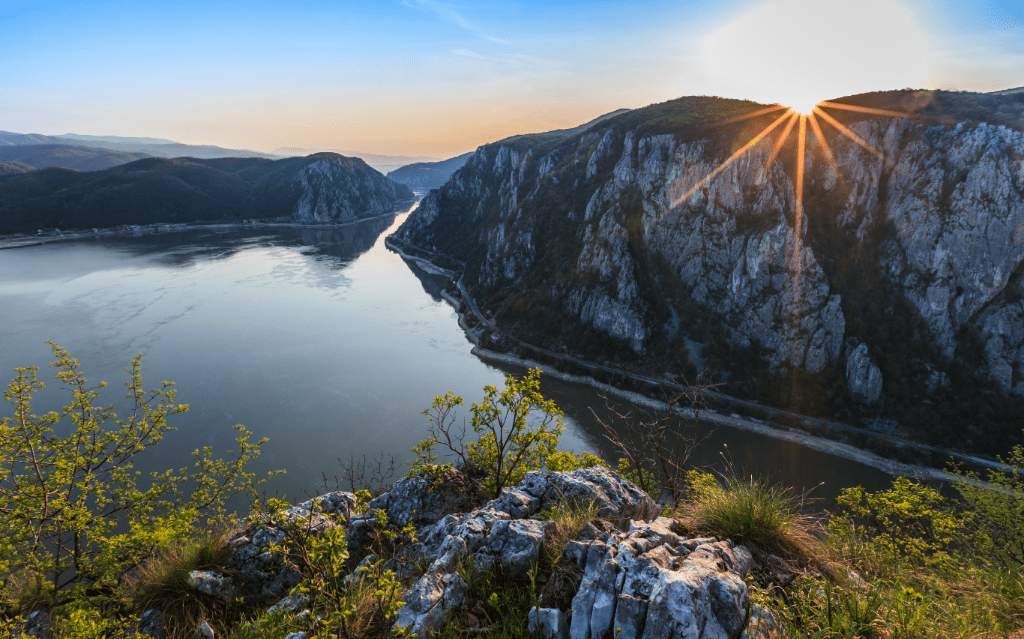
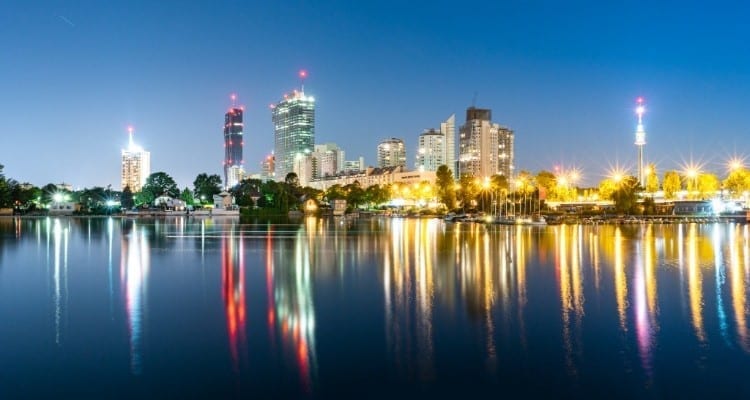
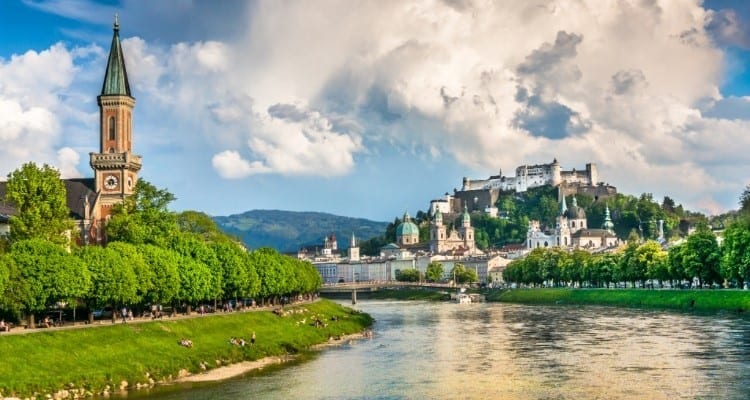
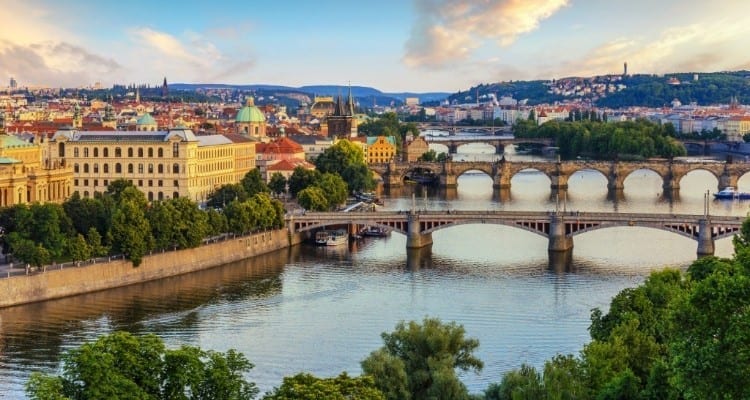
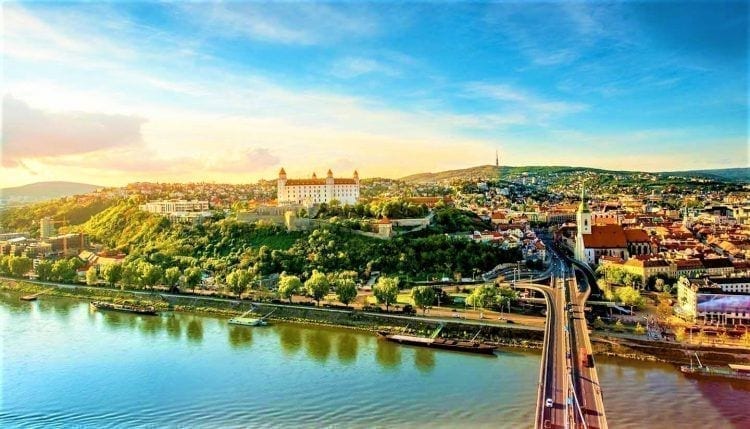


Leave A Comment